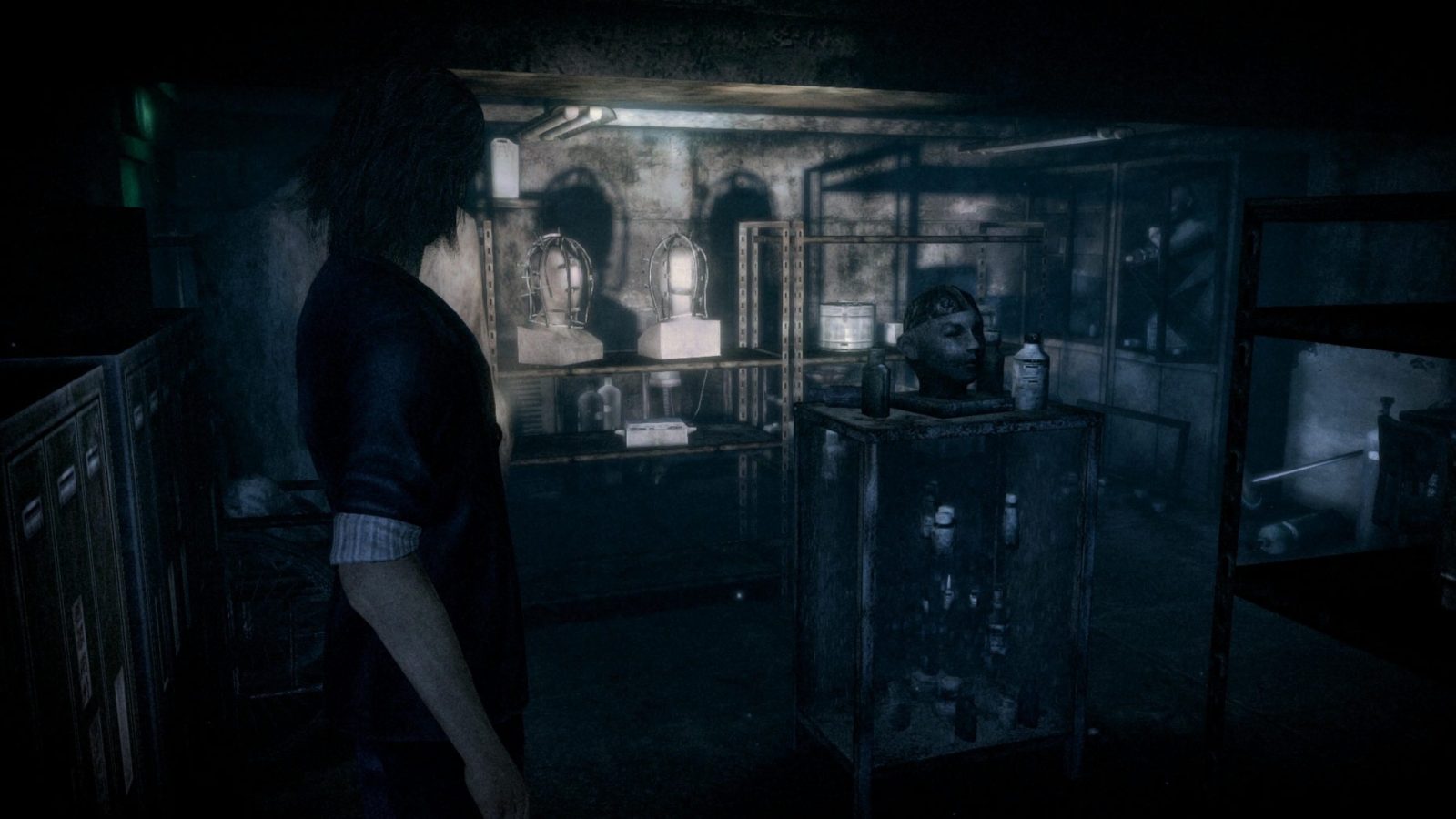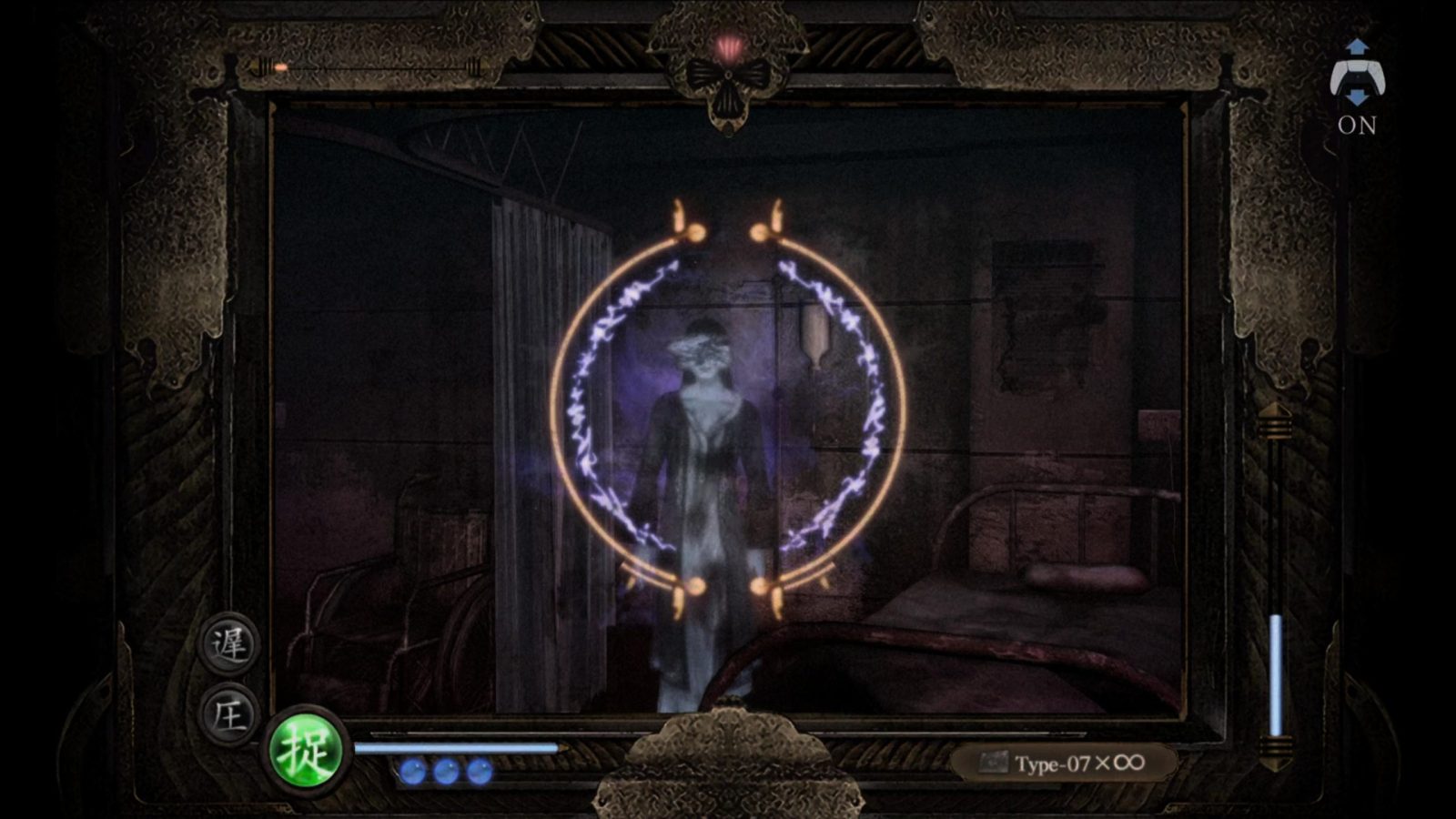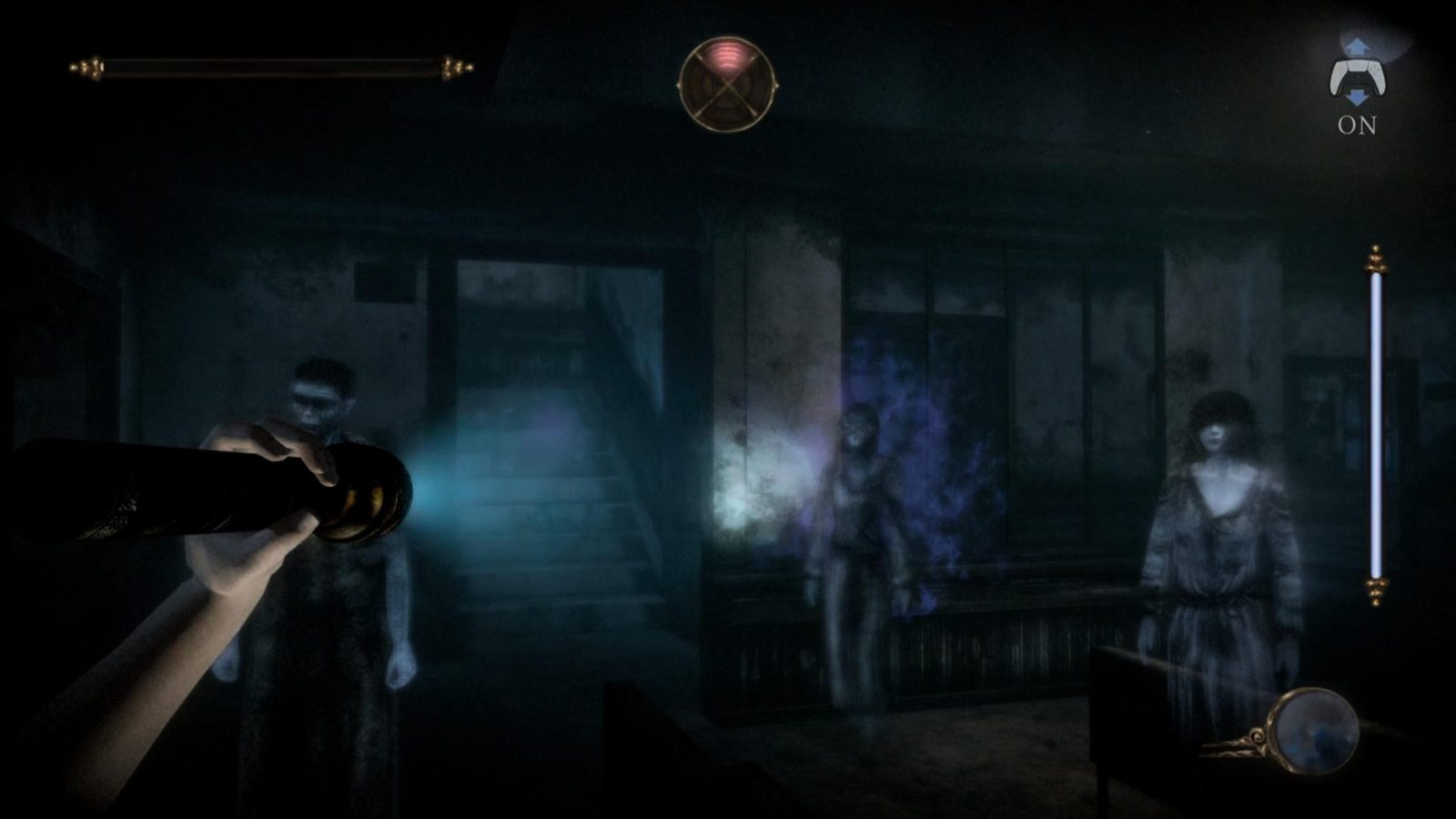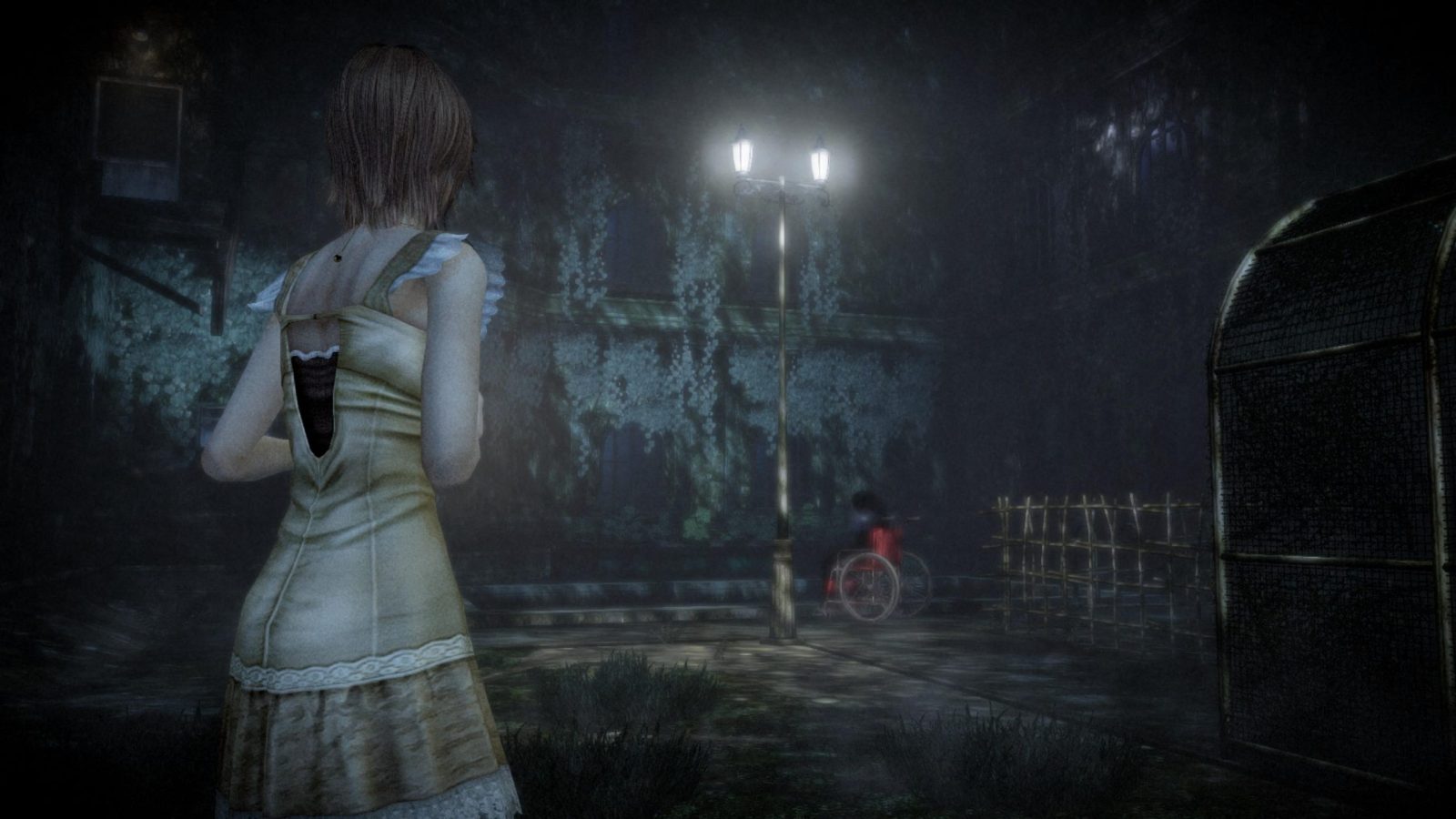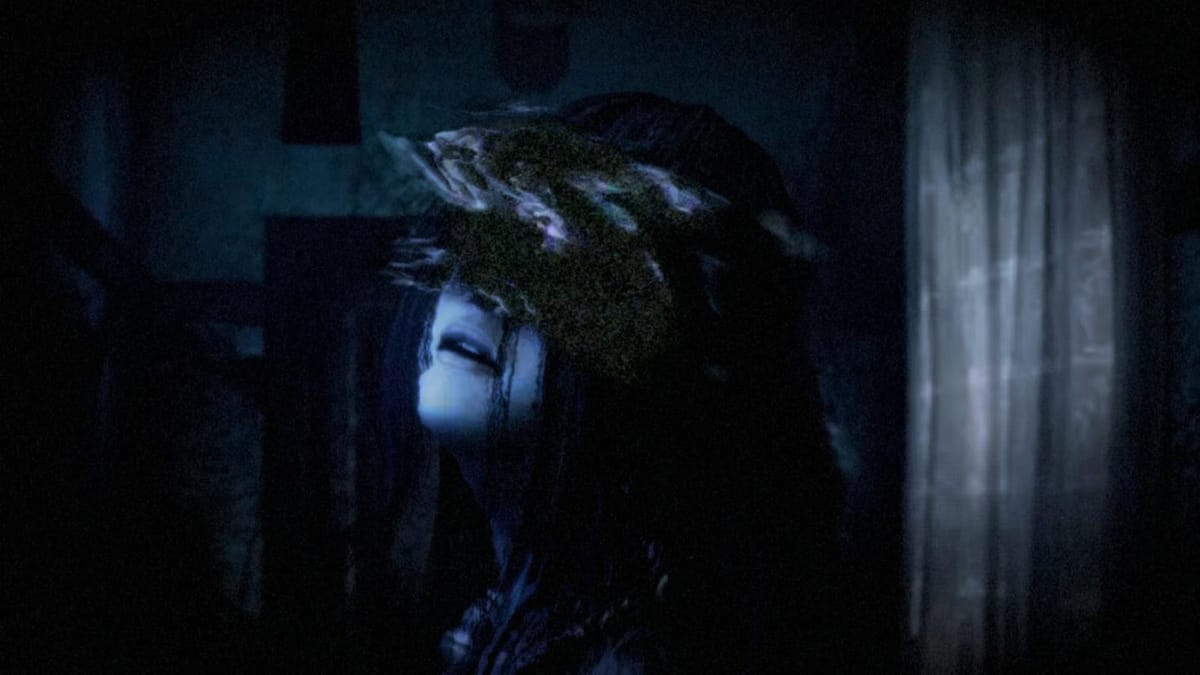
It is tradition on the secluded Rogetsu Isle that the Kagura Festival be held once every ten years. Five girls attending the festival mysteriously vanished. Although they were found deep underground, they had lost all memory of the event and their past. It has now been ten years since their disappearance, and the survivors return once more to the Isle after two of the girls were killed in order to uncover the truth of the mysterious festival and the past they had forgotten.
FATAL FRAME: Mask of the Lunar Eclipse features four playable characters, although one of which is only present in a single chapter. The first characters introduced are Madoka Tsukimori and Misaki Aso, who arrive at the island in search of the truth surrounding the death of two of their friends. Following in their footsteps is the main protagonist Ruka Minazuki, who wishes to uncover her lost memories surrounding her disappearance years prior. Finally, there is Choshiro Kirishima, a private detective determined to uncover the true nature of the Isle and the past disappearance of Ruka.
The explorable portion of the Isle mainly takes place within Rogetsu Hall, the location of the Festival, and the attached Haibara Infirmary. Following the events of the Kagura Festival, a strange illness developed over the island called Moonlight Syndrome, and patients were admitted to the infirmary for study. The creeping corridors are rife with the occult, and it becomes immediately clear that something sinister lurks within the Isle and the strange experiments led by the doctors within the infirmary.
Piecing together the past while surviving in the present was an enjoyable blend of investigation and spectral combat. The ghosts themselves of course are scary, but the game also manages to exude an aura of dread simply from the environment, and created moments of agitation for me as I peered around corners not knowing what might be waiting for me.
While I enjoyed the haunting mystery of Rogetsu Isle, I did feel that the story often stunted itself by trying to be in too many places at once. Of the four characters, I only found myself truly invested in Ruka’s storyline, and often felt that the chapters without her were not as impactful. While these sidestories do overlap, it’s often indirect and mainly serves as background support for the main plot. This is especially true for Misaki, whose plot thread seemingly gets left behind with no closure two-thirds into the game and never returns. Choshiro at least gets a properly realized side plot, though not as fulfilling as Ruka’s. Jumping back and forth between these characters made it difficult to keep a neat narrative sequence, and the game recognizes this by providing story summaries between each chapter. While helpful, I do wish the story was constructed in such a way that this wouldn’t be necessary.
Combatting the spirits roaming Rogetsu Isle is done through the use of the Camera Obscura, a relic present throughout the Fatal Frame franchise capable of spirit photography. This camera is aimed like a weapon, and you can snap pictures of the spirits to repel them. While simple in concept, there is nuance to getting a solid photograph that will deal increased damage. Just like taking a real photo, you’ll want to center the ghost, allow the camera to focus, and get the correct distance to ensure a high damage image. If you’re feeling especially brave, you can allow the ghost to become close enough to attack, allowing for a fatal frame opportunity. This acts as a sort of parry, and can be chained together for massive damage. Taking these photos also provides you with points that can be spent at save locations to procure items for your journey.
One of my favorite additions to the franchise is the Bloom mechanic, in which ghosts may transform during combat. Blooming ghosts will have their face twisted into a melting rorschach-esque visage, and alter their behavior to become more aggressive and unpredictable. This can happen to nearly every ghost, and can turn even the more simple specters into extremely dangerous foes that command fear. These moments are when the game is at its best, and locking in a critical fatal frame on a bloomed enemy provided some of the most tense moments I’ve experienced in a horror game.
The camera itself is also able to be upgraded through various equipment, lenses and films. These can range from utility items like the slow lens, which will temporarily decrease the movement of ghosts, to more combat-oriented equipment like the Alarm, which will ring a tone at the moment a fatal frame becomes available. The camera can be further upgraded through the use of spirit stones, a collectible that can be found scattered throughout the Isle.
The Camera Obscura is not the only ghost-hunting tool to be found however, with Choshiro sporting the Spirit Stone Flashlight. This acts like a shotgun variant of the camera, being more potent and able to more easily blast multiple ghosts at once. I didn’t prefer using this, as it often trivialized most ghost encounters with its inherent power and infinite ammo (flashlights don’t require film to operate), removing most if not all of the fear factor. I knew as soon as I entered a chapter that featured Choshiro that I would be mowing through ghosts with ease, and was never wary as to what might be lurking around. This honestly feels like a remnant of the Wii era, with the developers wanting to shoe-horn in more action-focused motion control sections that don’t really fit in a horror game of this nature.
Movement is something that the Fatal Frame franchise has always struggled with, and this problem is still present in Mask Of The Lunar Eclipse. Walking and running animations often appear stiff and slow, and maneuvering the third-person camera can be a chore within thin corridors. The rough motion is especially noticeable when attempting to view something in a direction opposite to where your character is facing, though thankfully there is a quick-turn button to alleviate some of the pain.
On the other side of the spectrum, controlling the Camera Obscura in first person mode feels quite good. As briefly mentioned before, a gyro option exists and works in tandem with the traditional joystick movement. The gyro can be toggled on or off depending on your preference. Typically, I groan at the prospect of using motion controls to aim, but in this context I didn’t mind it too much. I found that using both traditional aiming and motion controls at the same time allowed me to quickly track ghost movements on the fly, and made defending myself feel surprisingly responsive. Even if I didn’t appreciate the action-oriented sections that I believe this function to stem from, I appreciate that the controls work well for normal play as well.
In the visuals department, the remaster does well to touch up the environments, and is especially noticeable in the character models. Character models appear less blurry as well as offer more detail and expression in both the enemies and protagonists. The isle itself also looks much better, with the beige and gray set pieces of the original traded in for a moon-washed blue hue and slightly cleaner textures throughout. I say slightly, because while a definite upgrade from the Wii version, I couldn’t help but feel like they didn’t go all in on the visual aspect of the remaster. There are still plenty of places where textures are visibly pixelated or glossy, and don’t give off a polished and refined feeling. It is absolutely an improvement, but I’d hardly say that it stacks up to other modern horror remasters in terms of visual fidelity.
While the narrative trails off in odd directions at times, I was still intrigued the whole way through and invested in uncovering the mystery of Rogetsu Isle. The visual upgrades of the remaster are appreciated, even if I wish they had spent a bit more time polishing out the details. Snapping spine-chilling photos is still a blast, and exploring the moonlight soaked environments made me second guess playing with the lights off. In spite of the issues, there is still a fun horror game underneath that has been somewhat modernized, which fans of the franchise will surely appreciate, but it may not be enough to find a home in every player’s library.
FATAL FRAME: Mask of the Lunar Eclipse
All Right
FATAL FRAME: Mask Of The Lunar Eclipse sports a new paint job that could still use a few more coats in some areas, but nevertheless offers an interesting horror mystery. However, even with the upgrades, the pain points of past entries are still present, and is not aided by a non-linear narrative that may not be enough to entice everyone to smile for the camera.
Pros
- Intriguing occult horror mystery
- Japan exclusive now available to western audiences
- Remastered visual updates…
Cons
- … that might not meet your full expectations
- Stiff and sluggish movement
- Narrative becomes disjointed at times


